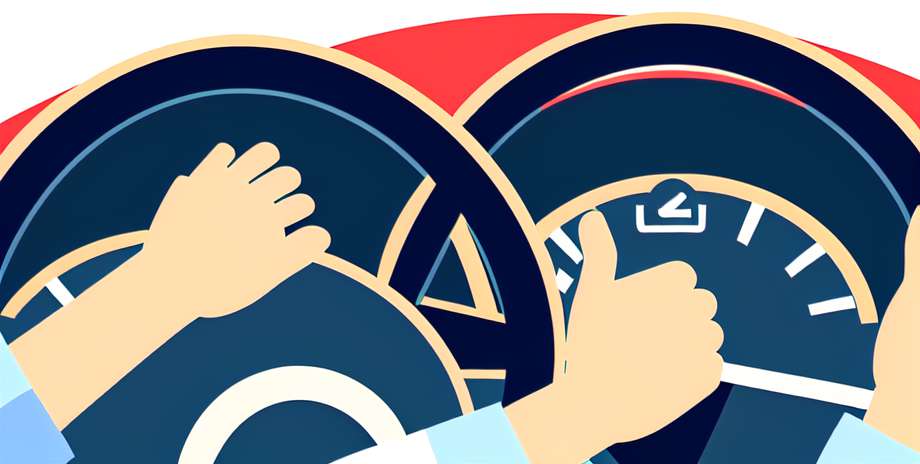Other victims of cardiorespiratory arrest
April 2024

Commonly associated with car accidents , cervical and lumbar sprains are injuries that increase up to 30% during the holidays. The cervical whiplash is the most frequent cause of sprain Y Cervical distension, In the United States alone, there are more than one million cases per year. According to the specialists of the Atlas Osteopathic Center of Madrid, (Spain), the classic mechanism of injury consists in the Hyperextension of the spine vertebral due to the collision of a moving vehicle against an immobile object, very common in traffic accidents when it crashes behind. Due to these collisions, the entire complex mechanism of the sacral cranial axis, when disturbed, affects the nervous, vascular, glandular, visceral and emotional systems.
Symptoms of cervical sprain
The most frequent are:
The injury is more severe and of worse prognosis when the head is turned or lateralized at the moment of impact. A cervical sprain It can also be generated by a traumatism , like a fall on the shoulder.
Beware of seemingly mild trauma
Experts say that any traumatism affecting the extremities, trunk and, especially, the head is very likely to injure the spine. Clinical manifestations may manifest much later due to a decompensation that, over time, will produce secondary changes. The symptoms they can appear immediately , in hours or days, or, after weeks or months and stay there, even for years. In this way, a lot more susceptible to new injuries and new decompensation is paid.